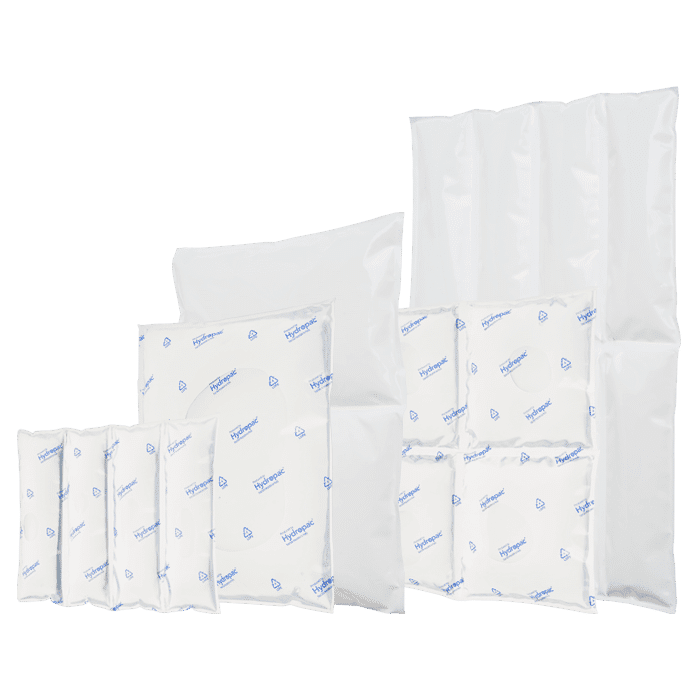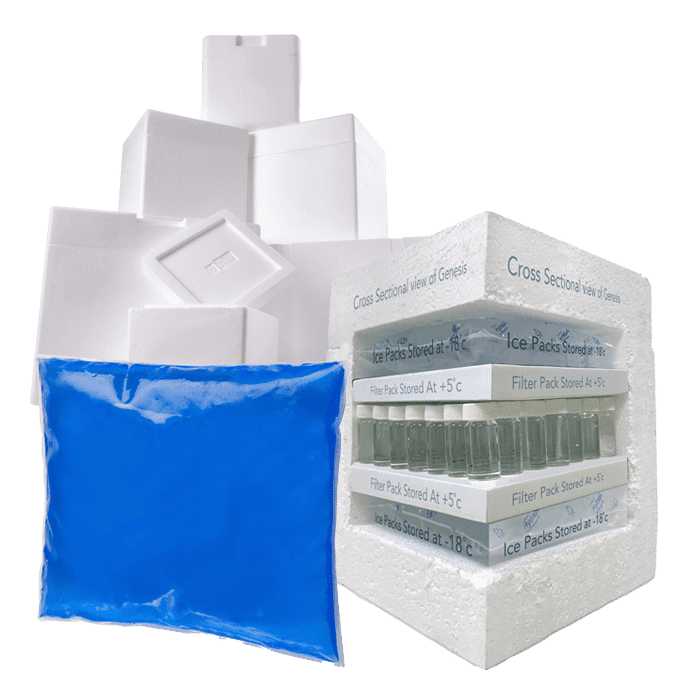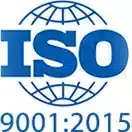Will reusable packaging kill the convenience culture?
We all know that in a world populated by nearly 8 billion people, we can’t carry on using single use packaging at the rate we do. In the UK alone, 5 million tonnes of plastic is consumed every year, yet only a quarter is recycled – the rest contributes toward polluting oceans, overfilling landfills and damaging ecosystems.
Custom chilled solutions for you
Hydropac offers every customer a customized solution for chilled and conditioned shipping. For example, we help a customer with limited freezing capacity to deliver gel packs frozen and ready to use, and we can manufacture almost all shapes and sizes of cooling elements. As a customer, you come first: we are here to help you.
What is “the convenience culture?”
The rise of the convenience culture has been seen largely in the areas of food delivery services and online shopping, enabling customers to shop “conveniently” and have their products delivered to their door. Big companies have made it very easy and hassle free for us to consume whatever services and products they sell, and smaller companies have had to follow suit to keep up. Whilst fast living is convenient for us, it can mean cutting corners on the eco-friendly front, which in turn can be very damaging for the environment. For example, pre-packaged foods are quick and easy for all involved, but they create lots and lots of waste in terms of their packaging that ends up in landfill or the oceans.
Single use packaging is the embodiment of convenience culture, with the main culprits being coffee cups, straws and plastic cutlery. They are used for literally only a few minutes and then thrown away, to live for decades or even centuries on the earth before they eventually biodegrade.
Should the convenience culture be limited?
With all of the negative effects that single use packaging comes with, will people continue to use the convenient option or turn to the reusable and environmentally friendly option? Most customers now want to do their part and help the world after seeing the devastating impacts of single use plastic on the environment. 88% of UK and US consumers want brands to help them be more environmentally friendly in their day-to-day life, with sustainable brands fast rising above those who won’t make changes to help the environment.
So why are businesses still packaging food and items in single use materials and why is it difficult to find plastic-free/reusable packaging? It mostly comes down to money, and for big brands, plastic is often the cheapest option. There is also an element of “better the devil you know” when it comes to using single use plastics, which also has to change.
The push for plastic shows how disconnected some brands are from the true desires of their customers and the demand for a better planet. A survey by Oceana discovered that 87% of consumers believe that large online retailers should limit the amount of plastic packaging they use. The same report also found that an estimate of 211 million kilograms of plastic packaging was generated by Amazon in 2019. As a thought, all of the plastic used in air pillow packaging that gets thrown away every day could create a plastic trail long enough to circle around the earth 500 times!
Finding more sustainable options can require lots of time and effort, and for some people, it is enough for them to give up and give into convenience culture.
With increasingly better technology and growing resources, companies have a wealth of eco-friendly, reusable packaging options than ever before. Convenience culture will always be present, but it is down to companies and brands to make the switch from plastic to more sustainable and reusable materials, so that reusable packaging ends up being more convenient and single use plastic packaging is more inconvenient.
Sustainability Hydropac and CSR
Sustainability isn’t just a trend for us – it’s a promise. As we innovate, create, and lead, we keep our planet’s well-being at the forefront. With Hydropac, you’re not just preserving the quality of your cargo; you’re contributing to a healthier world.
Experience the power of sustainable temperature assurance with Hydropac – where excellence and environmental responsibility coexist for a brighter future.





